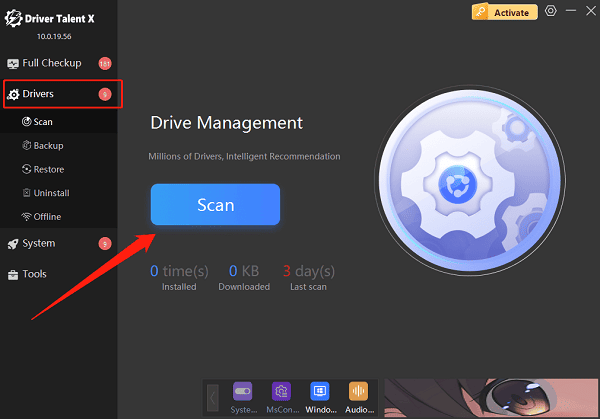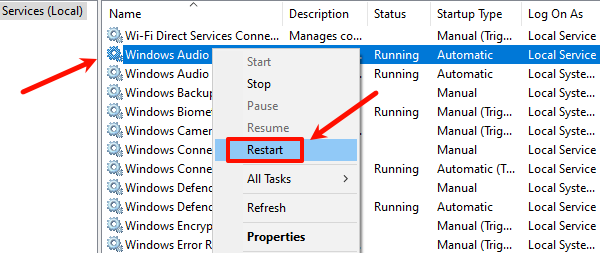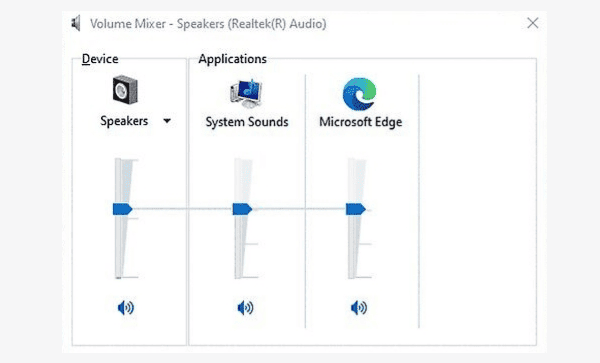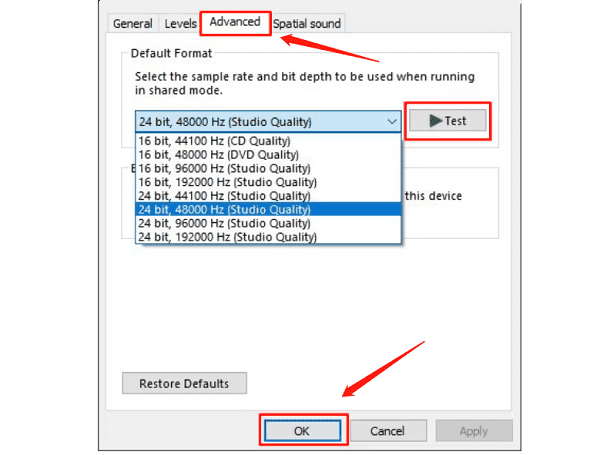When using Bluetooth headphones or Bluetooth speakers, many users may encounter this issue: the Bluetooth device is successfully connected, but there is no sound from the computer. This situation is common on Windows systems and may be caused by driver issues, incorrect audio settings, or abnormal system configurations.
Don't worry—this article will thoroughly explain the common causes of the "Bluetooth connected but no sound" problem and provide multiple effective solutions to help you quickly restore normal audio output.
I. Common Causes of "Bluetooth Connected but No Sound"
Before starting the troubleshooting process, understanding the possible causes can help identify the issue quickly:
Bluetooth drivers are outdated or faulty
Audio output device is not set to the Bluetooth headphones or speaker
System volume is muted or set too low
The Bluetooth device is in standby mode or has an unstable connection
The audio service is not running
The Bluetooth headphones or speaker does not support the current audio format
II. Practical Fixes
1. Update Device Drivers
Outdated or corrupted drivers are one of the main reasons for the "Bluetooth connected but no sound" issue in Windows. It's recommended to use a professional driver management tool like Driver Talent X, which allows one-click detection and automatic repair of audio and Bluetooth drivers—saving time and avoiding the risk of installing incorrect drivers.
Download and install the latest version of Driver Talent X using the button below.
Open the software and go to the "Drivers" section, then click "Scan".

After scanning, locate the Bluetooth and audio drivers in the results and click "Upgrade".
Restart your computer after the update to ensure the new drivers take effect.
2. Restart the Audio Service
Press Windows + R, type "services.msc", and hit Enter.
In the list of services, find Windows Audio, right-click it, and choose "Restart".

Also check the "Windows Audio Endpoint Builder" service and ensure it is running.
Make sure the Startup Type for both services is set to "Automatic", to prevent them from stopping unexpectedly.
3. Check Audio Output Device Settings
Right-click the volume icon in the bottom-right taskbar and select Sound Settings.
Under the "Output" section, use the dropdown menu to select your Bluetooth device (e.g., "Bluetooth Headphones").
Ensure the selected device is connected and enabled.
Tip: Some Bluetooth devices show two modes (e.g., "Headphones" and "Hands-Free Telephony"). Choose the Stereo mode for better sound quality.
4. Check Volume and Mute Settings
Look at the speaker icon in the taskbar. If there's a red "X", the system may be muted.
Right-click the speaker icon → Select Open Volume Mixer.
Check all audio channels to ensure volumes are not set to 0 or muted.

Make sure System Volume, Application Volume, etc., are all turned on.
Note: Some laptops have shortcut keys (e.g., Fn + F3) for volume control—make sure they haven't been pressed by mistake.
5. Remove and Re-Pair the Bluetooth Device
Open Settings → Bluetooth & other devices.
Find your Bluetooth device and click "Remove Device".
Restart your computer and pair the Bluetooth headphones or speaker again.
After a successful connection, test whether the sound is working.
6. Change Audio Format
Right-click the volume icon on the taskbar → Choose Sound → Go to the Playback tab.
Find your Bluetooth device and double-click to open Properties.
Switch to the Advanced tab and try different sample rates in the Default Format dropdown (e.g., 16bit, 44100Hz or 48000Hz).

Click Apply and test if the sound returns.
III. Additional Tips
Check if other audio output devices are connected at the same time, which could cause conflicts.
Temporarily disable antivirus software or third-party audio managers to rule out interference.
Try connecting the Bluetooth device to another device (like a phone) to check if it works normally.
Bluetooth devices being connected but producing no sound is a common issue, but it can usually be resolved quickly by correctly setting the audio output, updating drivers, and re-pairing the device. It is highly recommended to use Driver Talent X to check for driver issues and ensure the system audio service is running properly.
If none of the above methods work, the device may have a hardware problem. In that case, consider contacting after-sales support or replacing the device for further troubleshooting.
